Animism: Journals & Articles
Further resources, if available, can be found in our full bibliography.
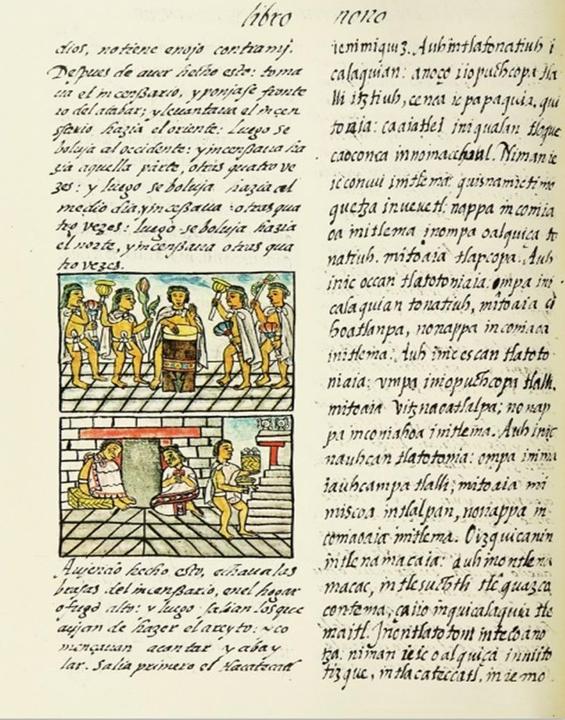
"Ritual and Religious Uses of Psilocybe Mushrooms in Mesoamerica"
Osiris González Romero
Far from mere “drugs,” psilocybin mushroom rituals and Indigenous knowledge about them are an indispensable part of world cultural heritage.
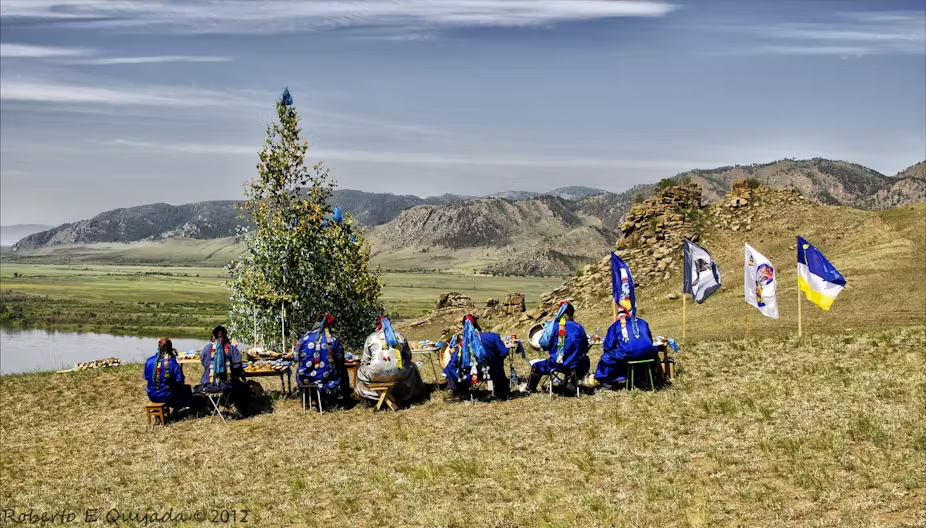
Introductory article on the anthropological approach of “new animism.”
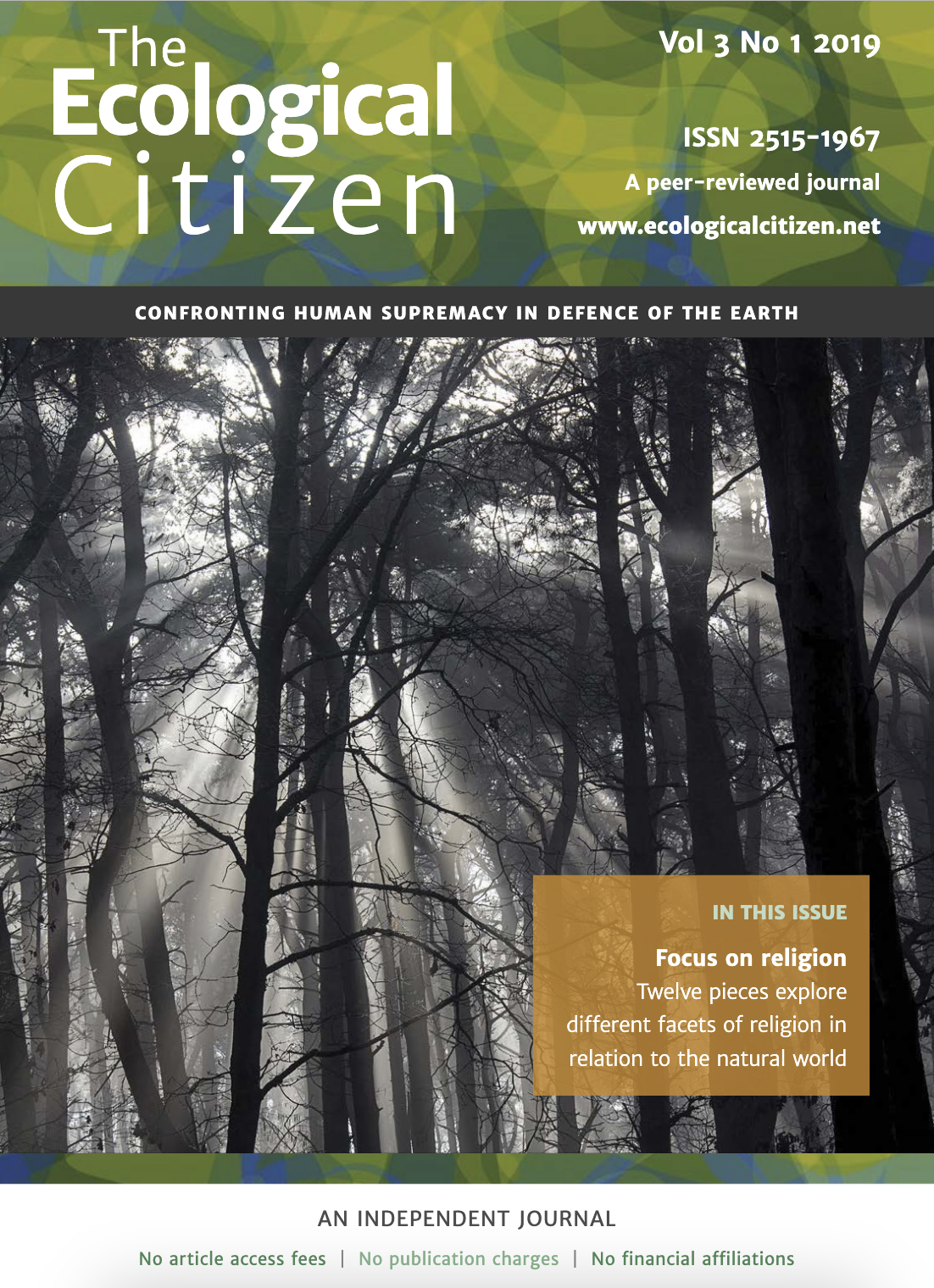
"Animism and Ecology: Participating in the World Community"
Graham Harvey
Ecological disaster requires urgent thinking and other actions in adjusting human engagement with the larger-than-human community. Animism has been proposed as one form of relationship that might be productive. This article outlines distinct uses of the term ‘animism’ in order to point to the ‘new animism’ as a label for ways of relating respectfully with other species. It then considers the relations of these forms of animism with conservation and other ecological approaches. It supports a de-centring of humanity but encourages care about putting anything else in the center.
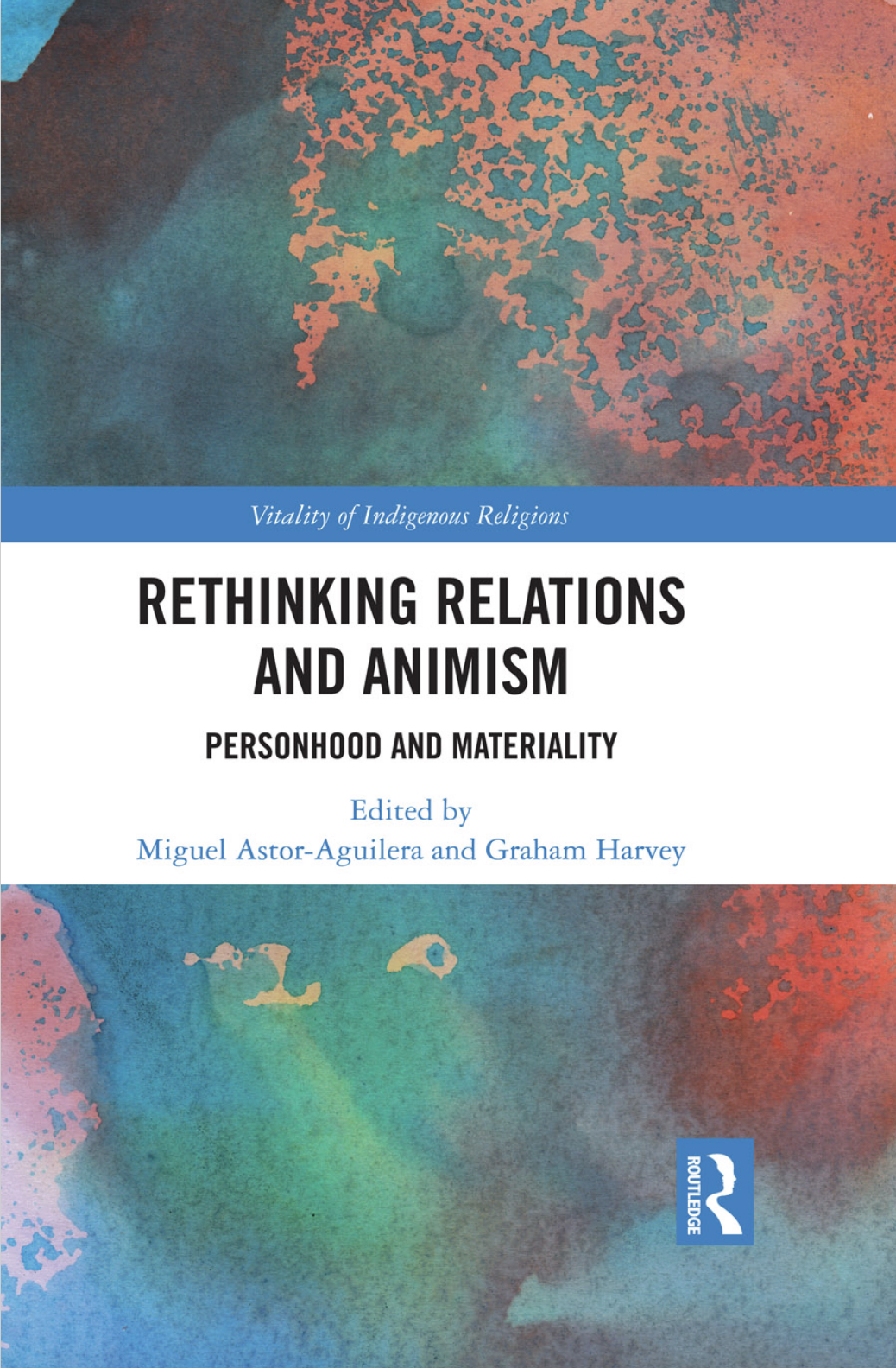
"Persons or Relatives? Animistic Scales of Practice and Imagination"
Nurit Bird-David
Miguel Astor-Aguilera, Graham Harvey
This chapter troubles the tradition started by Irving Hallowell that places personhood at the centre of studying animistic worlds. It suggests that instead of “the person,” one perhaps should think about “the relative” as a productive concept for approaching hunter-gatherers’ animistic cosmos. This proposal partly builds on and partly revises the author’s early work which proposed that various kinship relations are salient in foragers’ cosmos. Following Hallowell, it also turned to “the person” as analytical currency in the study of animism, arguing that the animistic person, transcending human/non-human distinctions, is relational and situational. Studies of kinship, personhood and animism have since been newly aligned and therefore require the troubling of these earlier proposals. This chapter, therefore, rethinks animism through kinship; in particular, suggesting that “relatives” (in the plural) is a more productive concept than “the person” for exploring hunter-gatherers’ animistic cosmos.
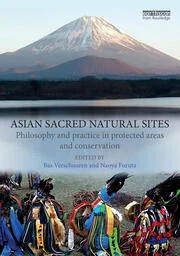
Holy Hills: Sanctuaries of Biodiversity in Xishuangbanna, Southwest China
Lily Zeng, Gaëtan Reuse
Bas Verschuuren, Naoya Furuta
Lily Zeng’s chapter “Holy Hills: Sanctuaries of Biodiversity in Xishuangbanna, Southwest China” explores the ecological and cultural significance of sacred forested sites known as “holy hills” in the Dai Autonomous Prefecture of Xishuangbanna, Yunnan Province. Zeng’s work highlights how sacred natural sites—rooted in Indigenous traditions—can play a vital role in biodiversity conservation. In regions facing intense ecological pressure, these culturally protected areas may be among the last bastions of native flora and fauna.
Photo Credit: The 12 Apostles on the Great Ocean Road in Victoria; Unsplash/Graham Holtshausen